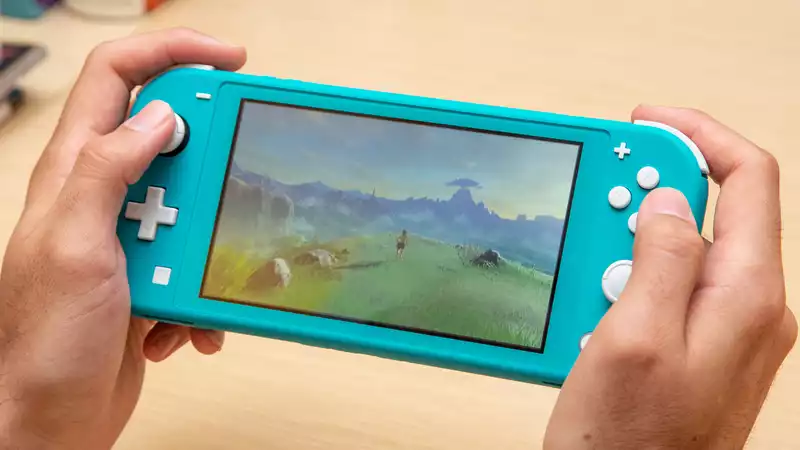Less than two months after Nintendo announced that 160,000 user accounts had been maliciously accessed, that number has now doubled to more than 300,000.
The gaming giant has now confirmed that more users were affected by the attack first announced in April than previously thought, with an additional 140,000 accounts involved.
A translated version of Nintendo's statement in Japanese, updated yesterday (June 9), reads: "On April 24, we posted a report on unauthorized logins, and since then, we have continued our investigation and found that there were approximately 140,000 additional NNIDs (Nintendo Network IDs) that may have been accessed with malicious intent. There were 10,000 cases. It was discovered that this was the case."
Personal user information that may have been accessed includes name, date of birth, email account, location, and gender. Credit cards do not appear to have been affected.
To be clear, it does not appear that there was a data breach at Nintendo. Nor is it possible that these accounts were "hacked" by some software flaw. Rather, Nintendo's statement suggests that the attackers hacked into the accounts the old-fashioned way: with the correct username and password.
Furthermore, since discovering the hacked accounts, Nintendo has reset user passwords, contacted affected customers individually, and stated that it has taken additional security measures.
Nintendo stated: "Less than 1% of NNIDs worldwide that may have been fraudulently logged in may have actually been traded illegally through their Nintendo accounts. We are still working on refunds in each country, but most customers have already been refunded."
He stated.
If multiple accounts use the same credentials (username and/or email address and password), if one of those accounts is compromised, the bad guys can access all other accounts using the same credentials.
That is why it is best to never reuse passwords and to use the best password manager to prevent them from being reused.
Another way to prevent unauthorized account access is to enable two-factor authentication (2FA). Click here to learn how to enable 2FA on your Nintendo account.










Comments